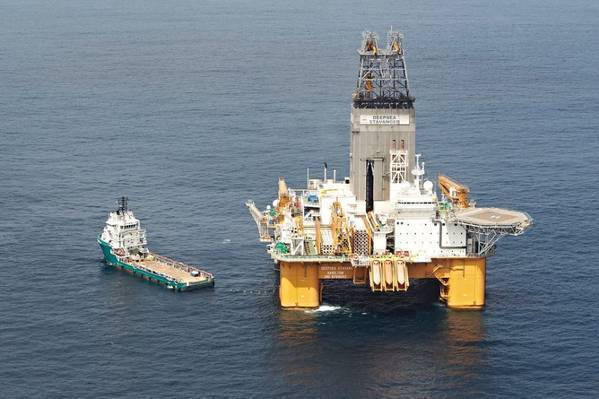
Swedish oil company Lundin Energy has failed to find hydrocarbons at its Merckx prospect in the North Sea, offshore Norway.
The Norwegian Petroleum Directorate said Friday that Lundin, as the operator of production licence 981 where the well is located, was is in the process of concluding the drilling of wildcat well formally known as well16/4-12.
The well was drilled about one kilometer west of the Solveig field in the North Sea and 190 kilometers west of Stavanger.
The well’s primary exploration target was to prove petroleum in sandstones in the Ty Formation from the Palaeocene. The secondary exploration target was to prove petroleum in porous dolomite in the Zechstein Group from the Permian Age.
The well encountered 58 meters of sandstone in the Ty Formation with good to very good reservoir quality.
In the secondary exploration target, the well encountered 12 meters of dolomitic rocks in the Zechstein Group with poor to moderate reservoir quality.
The offshore exploration well also encountered two intervals of sandstone from an undefined age between the Cretaceous and Triassic. The upper interval has a thickness of 16 meters with moderate to good reservoir quality. The lower interval has a thickness of 15 meters with good to very good reservoir quality.
However, NPD said that the well was dry. This is the first exploration well in production licence 981, which was awarded in APA 2018.
Lundin drilled the well to a vertical depth of 2141 meters below sea level and terminated it in the Zechstein Group from the Permian Age.
The water depth at the site is 100 meters. The well will be permanently plugged and abandoned.
Lundin used the Deepsea Stavanger semi-submersible drilling rig for the drilling at the Merckx prospect. The rig will now move on to drill wildcat well 17/8-1 in production licence 976 in the North Sea, where Lundin Energy Norway AS is the operator.